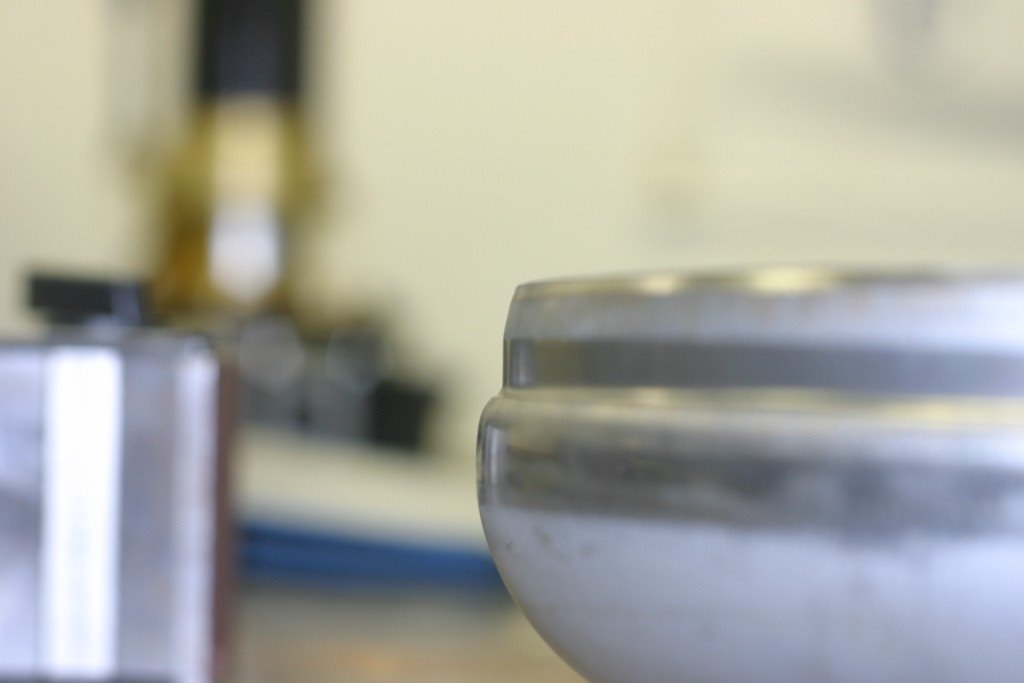In the vast realm of engineering and design, precision is not merely a goal but a necessity. Yet, within this world of exact measurements and calculated maneuvers, there exists a phenomenon that adds a touch of complexity and ingenuity: mechanical joggles.
These unassuming features play a crucial role in ensuring seamless functionality and structural integrity across a spectrum of industries.
Let’s take a look at what joggles entail and their significance in modern engineering.
What are Joggles?
Joggles, often referred to as offsets or steps, are deliberate features incorporated into components to facilitate specific functions. They involve creating a recess, indentation, or offset where one part fits into another, ensuring precise alignment, clearance, or connection. These joggles can be found in various forms, from simple tabs and notches to more complex stepped joints and offsets in aerospace, automotive, and industrial applications.
The application of joggles spans across numerous industries, each leveraging their unique advantage.
In industrial settings, joggles play a crucial role in assembly lines and heavy machinery, facilitating quick and secure connections between components.
Joggled tank heads are primarily used to improve assembly when fitting tanks heads into tank shells.
Because of their unique design, joggled heads provide many efficiencies including multiple weld points, reduced labor hours, and ease of assembly.
Design and Engineering Considerations
Creating effective mechanical joggles requires meticulous design and engineering considerations:
Measurements must be precise to ensure that joggles fit snugly without compromising alignment or function.
The choice of materials is critical to ensure durability, corrosion resistance, and longevity of joggles in various operating conditions.
Innovation and Future Trends
As technology advances, so do the methods and applications of mechanical joggles. Advancements in digital design tools and simulation software enable engineers to optimize joggle designs for enhanced performance and efficiency.
Mechanical joggles exemplify the marriage of precision and innovation in engineering. They are not mere features but critical elements that contribute to the reliability, safety, and efficiency of mechanical systems across industries. As we continue to push the boundaries of what is possible in engineering and design, joggles will undoubtedly remain integral to shaping the future of technology and industrial applications.
Next time you marvel at the sleek lines of a propane tank, pressure vessel, aircraft wing or the seamless assembly of a high-performance car, remember that behind these feats of engineering lie the meticulously designed and strategically placed mechanical joggles—silent heroes ensuring everything fits together perfectly.



